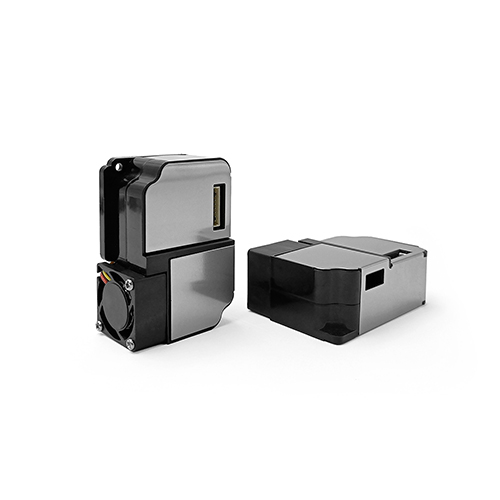What is ambient air quality monitoring?
Ambient air quality monitoring refers to monitoring the quality of air quality. The quality of air reflects the concentration of pollutants in the air. Air pollution is a complex phenomenon, and the concentration of air pollutants at a specific time and place is affected by many factors. The size of man-made pollutant emissions from stationary and mobile pollution sources is one of the most important factors affecting air quality, including exhaust from vehicles, ships, and aircraft, production emissions from industrial enterprises, residential living and heating, and garbage incineration. Urban development density, topography and meteorology are also important factors affecting air quality.

What is ambient air quality monitoring?
Ambient air quality monitoring refers to activities that monitor and evaluate pollutants in ambient air through a series of scientific and technical means in order to understand air quality conditions and protect human health and the ecological environment. This work is usually carried out by government environmental protection departments, scientific research institutions or professional monitoring agencies. Its purpose is to monitor and evaluate various pollutants in the atmospheric environment, such as particulate matter (PM2.5 and PM10), sulfur dioxide (SO2), carbon monoxide (CO), ozone (O3), nitrogen oxides (NOx), volatile organic compounds (VOCs), etc.
The Importance of Ambient Air Quality Monitoring
The importance of ambient air quality monitoring is self-evident. Air quality is directly related to people’s health and quality of life. Poor air quality can lead to a variety of health problems, including respiratory disease, cardiovascular disease, allergic reactions, and more. In addition, air pollution also has negative impacts on the environment, such as causing acid rain, destroying vegetation, affecting water quality, etc., posing threats to ecosystems and biodiversity.
How to effectively monitor ambient air quality
In order to effectively monitor ambient air quality, a complete monitoring network is usually established, including fixed monitoring stations and mobile monitoring vehicles. These monitoring equipment can monitor various pollutants in the air in real time and transmit the monitoring data to the monitoring center for processing and analysis. The monitoring center will evaluate the air quality status based on monitoring data, and promptly release information such as the Air Quality Index (AQI) to remind the public to pay attention to the air quality status and take necessary protective measures.
In addition to the monitoring work of the government and monitoring agencies, the public can also participate in ambient air quality monitoring in various ways. For example, use personal air quality monitoring equipment, air quality monitor portable, to monitor the air quality of the surrounding environment; participate in volunteer monitoring activities, help monitoring agencies collect monitoring data, etc.
Ambient air quality monitoring is an important tool to protect the ecological environment and human health. By quantitatively measuring and analyzing pollutant concentrations in the atmosphere, it provides accurate air quality data to help us understand and respond to air pollution problems. The application of monitoring data can facilitate the formulation and implementation of environmental protection policies and drive actions to improve air quality. We should pay attention to ambient air quality monitoring, support the work of relevant agencies and government departments, and work together to protect the health indicators of nature and contribute to sustainable development and human well-being.








